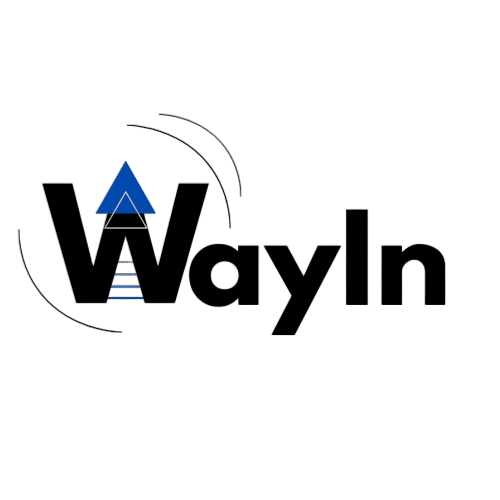In an era where security and efficiency are paramount, institutions like academic campuses and religious centers are increasingly turning to advanced technologies to streamline their operations. One such technology gaining traction is the Visitor Management System (VMS). Designed to replace traditional pen and paper sign-in processes, a VMS offers a robust solution for managing visitor access, enhancing security, and providing valuable data insights. In this blog, we explore the benefits, key features, and considerations for implementing a VMS tailored to the needs of academic and religious institutions.
Understanding Visitor Management Systems
A Visitor Management System is a software application that facilitates the registration, tracking, and management of visitors within an organization. It automates the check-in process, enhances security by verifying visitor identities, and provides real-time insights through data analytics. This technology is particularly valuable for institutions looking to maintain secure premises while ensuring a seamless visitor experience.
Key Features of an Effective VMS
- Touchless Sign-In: In the wake of global health concerns, touchless technologies have become essential. A Visitor Sign-in App or Visitor Check-in Kiosk equipped with touchless capabilities allows visitors to register without physical contact, reducing the risk of transmission and enhancing convenience.
- ID Integration: Integrating visitor IDs with the system enhances security by validating visitor credentials against existing databases. This feature ensures that only authorized individuals gain access to sensitive areas, such as labs, offices, or worship spaces.
- Data Analytics: A Cloud-Based Visitor Management system offers institutions valuable insights into visitor traffic patterns, peak visiting times, and demographics. This data empowers administrators to optimize staffing, resource allocation, and security protocols based on real-time information.
- Visitor Authentication and Screening: Advanced Visitor Screening Software enables institutions to screen visitors against watchlists or predefined criteria, ensuring enhanced safety measures and compliance with regulatory requirements.
- Visitor Badge System: Issuing visitor badges enhances visibility and identification within the premises. A Visitor ID System coupled with a badge printing feature streamlines this process, providing clear identification for all authorized visitors.
- Visitor Experience Solutions: Improving the overall Visitor Experience is crucial for institutions aiming to leave a positive impression. A user-friendly interface, easy navigation, and prompt service contribute to a seamless experience for visitors from the moment they arrive.
Benefits of Implementing a VMS
- Enhanced Security: Secure Visitor Access and Authentication Systems prevent unauthorized entry and safeguard sensitive areas within the institution.
- Operational Efficiency: Automation of visitor registration and check-in processes reduces administrative burden and optimizes staff productivity.
- Regulatory Compliance: Institutions can easily comply with security and data privacy regulations by implementing a comprehensive VMS.
- Data-Driven Insights: Visitor Analytics Platforms provide actionable insights that facilitate informed decision-making and resource planning.
Considerations for Academic and Religious Institutions
When selecting a VMS, institutions should consider several factors to ensure alignment with their specific needs:
- Scalability: The system should accommodate fluctuating visitor volumes during peak times, such as orientations, events, or religious gatherings.
- Integration: Seamless integration with existing Reception Management Software or other operational systems ensures minimal disruption to daily operations.
- Customization: Tailoring the system to meet unique institutional requirements, such as multi-site capabilities or specialized security protocols, enhances effectiveness and user satisfaction.
Conclusion
As academic and religious institutions continue to prioritize security, efficiency, and visitor experience, adopting a modern Visitor Management System emerges as a strategic imperative. From enhancing data security with Contactless Visitor Management to optimizing operations through Visitor Analytics, the benefits are clear. To explore how our comprehensive VMS solution can transform your institution’s visitor management practices, visit WayIn Solutions.
Incorporating advanced technologies like a VMS not only meets the evolving needs of institutions but also sets a benchmark for safety and operational excellence. Embrace the future of visitor management today and ensure your institution remains at the forefront of security and efficiency.
